
Product-focused emission reductions: Shifting to a life cycle perspective
by Selina Roman-White
View post
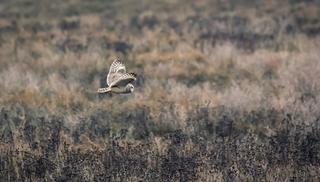
Wildlife features are protected under provincial, territorial, and federal legislation. Often, proponents have sweeps completed to check for migratory bird nests during the breeding season. However, wildlife sweeps outside the breeding season are a valuable mitigation to confirm protected features will not be disturbed by development activities such as land or vegetation disturbance in other seasons. In Alberta, wildlife sweeps are an approval condition. Disposition, licensee, and permit holders must complete a wildlife sweep of project sites, plus a 100 m buffer, immediately before activities to identify protected features. These features include such things as nests, dens, hibernacula, roosts, lodges, dams, mineral licks, and more.
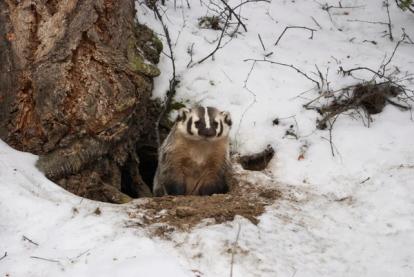
Wildlife sweeps are a quick, walkthrough assessment to search for protected features so they can be avoided. They are a required approval condition before any construction activity on public lands, and they do not replace the need for surveys.
Wildlife surveys are completed to inventory species and describe wildlife presence, distribution, abundance, and habitat use. Various wildlife surveys exist, all with differing methods, timing, seasonality, and effort, and may be required for project approval or for monitoring the effects of development and the efficacy of mitigations.
Given that the disturbance or destruction of a protected feature during development activities could violate the Wildlife Act, the sweep must be completed in good weather and as close to the activities as possible. This increases the likelihood that features will be found before construction begins. The accepted limit is no more than 10 days prior to the activity. When a wildlife sweep timing differs from the 10-day window, it must be justified. That is, there must be a rationale to address the likelihood that protected wildlife features could be present at the time of construction.
In certain circumstances, such as when work is planned during winter, it may be necessary to sweep earlier, for example, before snowfall, which may obscure bear dens later in the winter. However, a second sweep may be required to find other features that may be established in the interim, such as mustelid dens. For example, fisher and marten rest and den in trees, coarse woody debris, and under snow, and these could become established after the original wildlife sweep but before construction. Ideally, to identify constraints sooner, additional wildlife sweeps should be completed earlier as part of project planning.
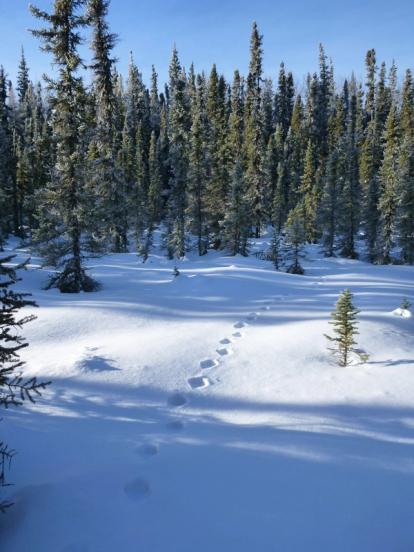
Only those with the education, knowledge, and experience to locate, identify, and determine occupancy of wildlife features can complete a wildlife sweep. Typically, this would be a wildlife technician or wildlife biologist. Since surveyors will be searching for protected features that may also be occupied, care must be taken to ensure the person completing the survey does not disturb the feature or individual. Alberta has close to 550 species of amphibians, birds, mammals, and reptiles, all with different identifying features, habits, habitats, and signs. It is expected that the sweeper can identify all the species expected to occur by sight, sound, and sign as well as be familiar with species biology and natural history, including their habitat requirements. Further, they must be able to establish species-specific mitigation measures.
Results of the wildlife sweep must be submitted to the Fish and Wildlife Management Information System (FWMIS). If requested, the disposition holder must submit proof to the regulator that the sweep was completed. Therefore, a detailed document must be kept describing the sweep, including the timing and justification, personnel (which could include documenting qualifications), environmental conditions, and results (i.e., photos and coordinates of wildlife features). A GPS track log must also be kept as a record of the sweep.
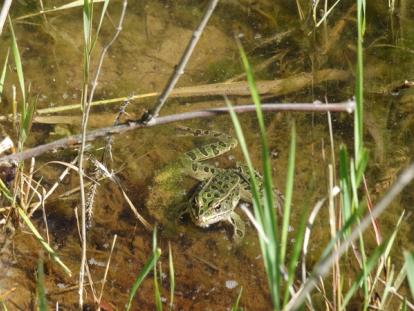
If a wildlife feature is found on your site, or one is disturbed or destroyed, it has to be reported to the regulator. If a wildlife sweep or protection of the feature was insufficient, the incident could be investigated and could result in noncompliance or charges under the Wildlife Act.
To protect wildlife features, the default setback, according to the MSSC, is a minimum of 100 m, but some setbacks are specific and differ according to the species, the time of year, and the level of disturbance. These setbacks are areas where activities must not occur and where personnel and equipment are prohibited from entering. If these conditions cannot be adhered to, then the disposition requires a non-routine application, or a variance issued by the regulator. To obtain a variance, one must have suitable justification and an alternative mitigation plan to protect the feature.
In short, no. This is because the protection for migratory birds is afforded under the federal Migratory Birds Protection Act and the Species at Risk Act. As such, there are different regulatory requirements. From an Alberta perspective, the wildlife sweep is not intended to address these requirements. However, when SLR’s Ecology & Biodiversity team completes wildlife sweeps, we search for all protected wildlife features, including migratory bird nests. Environment and Climate Change Canada has specific advice regarding searching for and protecting migratory bird nests. Stay tuned for more information on this in a follow-up blog.
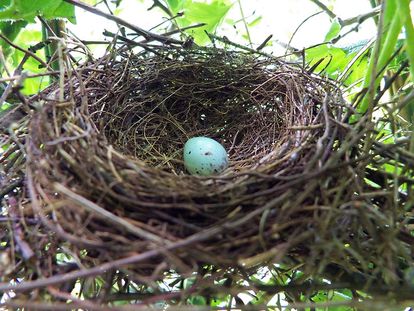
Discovering a protected wildlife feature immediately prior to development activities can pose significant cost and schedule constraints. SLR’s team of wildlife experts can support you at all stages of development, including:
More Information
Review the Government of Alberta’s Information documents:
Have questions or need more information? Please get in touch with Stephen Symes, Senior Wildlife Specialist, at ssymes@slrconsulting.com and Rob Best, Ecology and Biodiversity Team Lead, at rbest@slrconsulting.com.

by Selina Roman-White

by Madison Edson, James Van Horne, Dr. Tecle Rufael, Selina Roman-White, Heather Matthews

by Jonathan Vallarta